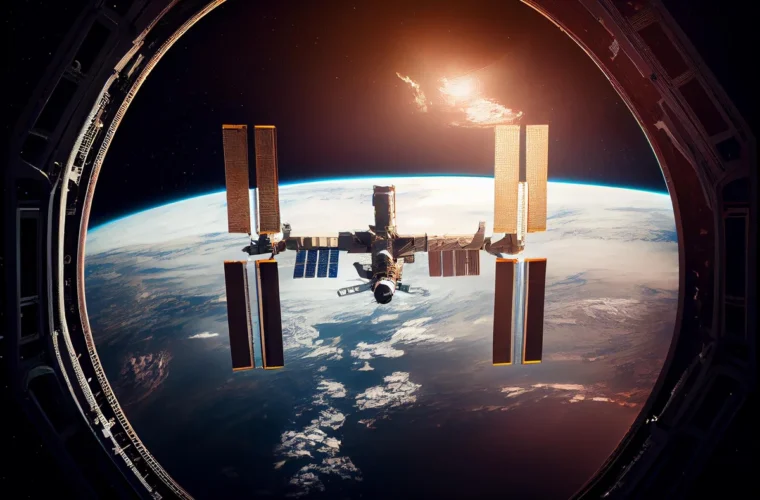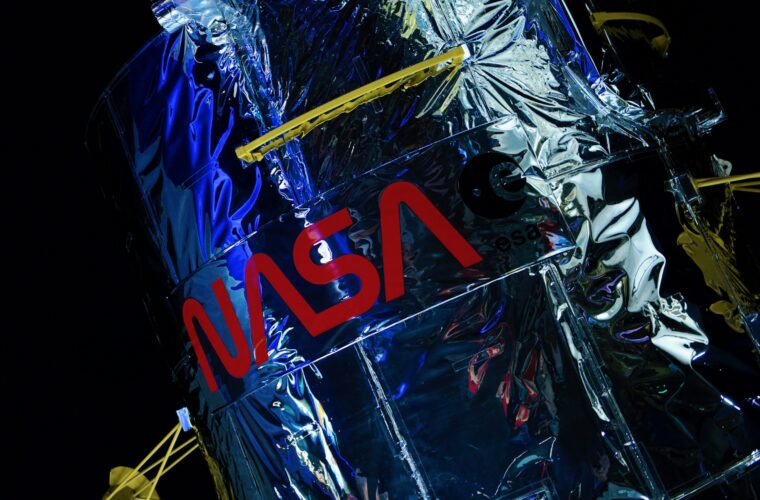The International Space Station (ISS) was nearly hit by space debris twice in the past month. Space debris is a big threat. Hundreds of millions of debris are floating in space and remain in orbit for a long time, possibly causing a serious accident.
These are a wide range of objects, from pieces of abandoned spacecraft and spent rocket boosters to screws, bolts, and tools lost during space missions. The ISS manoeuvred to avoid collision with space debris. This has happened before, and to carry out such manoeuvres, the ISS must burn significant amounts of expensive fuel.
The same problem is faced today by most space missions and the approximately 7,200 operational satellites in space. These are telecommunication, meteorological, cartographic, oceanographic, and military satellites located in space, which now resemble a vast landfill.
It is estimated that there are about 36,500 objects (whole or debris) of ten centimetres and larger orbiting, including parts of spacecraft and about 2,500 inactive satellites, as well as a thousand other smaller ones that, although seemingly insignificant in size, their breakneck speed makes them potentially destructively.
Τhere are about 1 million that are between 1-10 cm. At least 130 million are estimated, which is even smaller. The first space debris was the Soviet satellite Sputnik, which was disabled just three weeks after its launch in 1957. Since then, they have multiplied at an incredible rate.
Space debris: a growing threat
According to NASA, “orbital debris is any human-made object in orbit about the Earth that no longer serves a useful function. Such debris includes nonfunctional spacecraft, abandoned launch vehicle stages, mission-related debris, and fragmentation debris”.
NASA has a set of long-standing guidelines that are used to assess whether the threat of such a close pass is sufficient to warrant evasive action or other precautions to ensure the safety of the International Space Station and its crew.
With more than 9,000 tons of space junk currently in orbit, the potential dangers to operational satellites, spacecraft, and life on Earth are becoming very real. The problem of space debris is becoming more and more acute as the number of countries and companies involved in space missions increases.
While in the past, up to 100 satellites were put into orbit each year, their number exceeded 1,000 in 2020 and 2,000 in 2022 and is expected to grow rapidly after that. For years, scientists and engineers have been working on various solutions, mostly centred on high-tech, expensive robots that could collect space junk or propel them further into space, away from Earth’s orbit.
The legal framework
Another issue is that of the legal framework that regulates activities in Space. The 1967 Outer Space Treaty represents the basic legal framework of international space law. It stipulates that the exploration and use of Space shall be carried out for the benefit and interest of all countries for peaceful purposes.
Prohibits the deployment of nuclear weapons or other weapons of mass destruction on celestial bodies, in orbit or otherwise in Space. It also prohibits any national appropriation with a claim to sovereignty, characterizing states as responsible for national space activities, regardless of whether these come from governmental or non-governmental entities.
For example, if a StarLink satellite hits and destroys China’s space station, the US government will be responsible, not Elon Musk. However, as the balance changes, efforts are being made to include some conditions.
Last September, the US Federal Communications Commission (FCC), which regulates much of US commercial satellite activity, approved a new regulation to address the growing dangers of space debris. It reduced from 25 years to 5 years the window of time it gave operators of low-orbit satellites to safely remove them after completing their missions. However, it remains to be seen whether this five-year rule will be adopted internationally.





